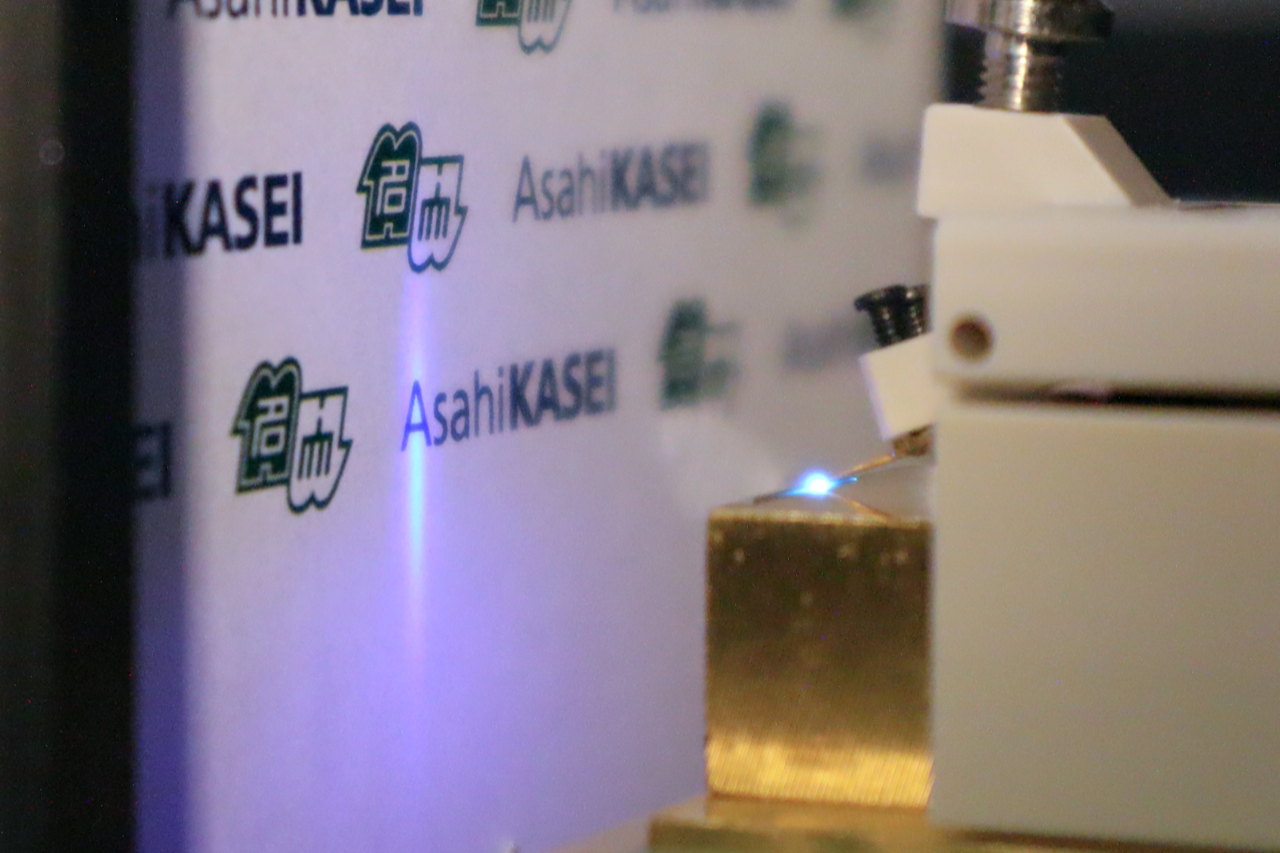The process involves growing a large optical cavity (LOC) configuration using liquid phase epitaxy, which enables the creation of photoluminescence scans, ion microprobe mass analysis (IMMA), and optical waveguiding measurements. The LOC structure characterizes the material growth, and precise fabrication techniques, including chemical and ion beam etching, enable the creation of active-passive, DBR, and Fabry-Perot lasers. Third-order feedback is provided by gratings formed using holographic and ion beam etching techniques, which are also used in distributed beam deflectors (DBDs) and output couplers.

Comparisons between theoretical models and experiments performed on DBR lasers, DBDs, and coupled lasers serve to validate the efficacy of the laser diode array. These achievements pave the way for enhancing the efficiency of laser applications and the performance of lasers used in various industries.
The development of a coherent diode laser array is a significant breakthrough that opens new avenues for scientific and technological research. Laser technologies have already revolutionized many industries, from telecommunication to data processing, but issues concerning power levels and beam divergence have limited their efficiency and performance. Current solutions involve creating a monolithically integrated coherent diode laser array that is capable of high average power levels and low beam divergence, which can increase the efficiency and performance of laser technologies.
The research study involved growing a large optical cavity (LOC) configuration using liquid phase epitaxy, which enabled the creation of photoluminescence scans, ion microprobe mass analysis (IMMA), and optical waveguiding measurements. The LOC structure characterizes the material growth, and precise fabrication techniques, including chemical and ion beam etching, enable the creation of active-passive, DBR, and Fabry-Perot lasers.
Gratings formed using holographic and ion beam etching techniques provide third-order feedback for the DBR lasers and are also used as distributed beam deflectors (DBDs) and output couplers. Comparisons between theoretical models and experiments performed on DBR lasers, DBDs, and coupled lasers validate the efficacy of the laser diode array.
Breaking down the study into simpler terms, researchers have achieved significant progress in developing a laser diode array that is capable of high average power levels and low beam divergence. This breakthrough opens new avenues for enhancing the efficiency and performance of lasers used in various industries. The study involved growing a particular type of structure called a large optical cavity configuration using liquid phase epitaxy. The researchers then used precise fabrication techniques to create active-passive, DBR, and Fabry-Perot lasers.
Additionally, they used holographic and ion beam etching techniques to create gratings that provide third-order feedback for the DBR lasers and can also be used as distributed beam deflectors and output couplers. Comparisons between theoretical models and experiments validate the efficacy of the laser diode array, which holds promise for revolutionizing multiple industries that depend on laser technologies.
In conclusion, the development of a monolithically integrated coherent diode laser array capable of high average power levels and low beam divergence represents a significant breakthrough in laser technology. This development has the potential to significantly enhance the performance and efficiency of lasers used in various fields, including telecommunications, data processing, military, medical, and industrial applications. The study involved growing a large optical cavity configuration using liquid phase epitaxy and precise fabrication techniques to create active-passive, DBR, and Fabry-Perot lasers. Furthermore, holographic and ion beam etching techniques were employed to create gratings that provide third-order feedback for the DBR lasers and can also function as distributed beam deflectors and output couplers. This breakthrough could lead to new advancements in laser technology, which could revolutionize entire industries.